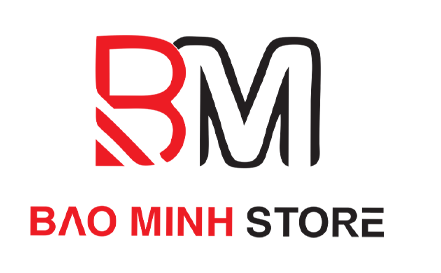BLOG
Solving the Mystery of the Scroll in Book of Dead
The Mysterious Scroll of the Book of the Dead
For centuries, the Book of the Dead has been a source of fascination and intrigue for scholars and enthusiasts alike. This ancient Egyptian funerary text is filled with mysterious symbols, cryptic passages, and enigmatic illustrations that have left many wondering about its true meaning and significance. Among the most intriguing aspects of the Book of the Dead is the scroll depicted in many versions of the text. In this article, we will delve into the mystery surrounding the scroll, bookofdeadgame.com exploring its history, symbolism, and possible connections to other ancient cultures.
The History of the Scroll
The Book of the Dead was created during a period of great upheaval in ancient Egypt, roughly between 1550 BCE and 1200 CE. During this time, the Egyptians were transitioning from a more fluid concept of the afterlife to a more rigid system, which included the use of elaborate funerary texts like the Book of the Dead. The scroll depicted in many versions of the text is thought to be a representation of the "Book of the Day" or the "Book of Life," which was believed to contain the knowledge necessary for the deceased to navigate the afterlife.
One of the earliest known depictions of the scroll can be found on a papyrus dating back to around 1350 BCE, discovered in the tomb of Hunefer. This papyrus shows the scroll being unwound by Anubis, the god of mummification and embalming, as he prepares the deceased for judgment in the afterlife.
Symbolism and Meaning
The scroll itself is often depicted with intricate illustrations and hieroglyphics that are thought to represent various aspects of the afterlife. The most commonly represented scenes on the scroll include the weighing of the heart ceremony, where the deceased’s heart is weighed against the feather of truth; the journey through the underworld, where the deceased must navigate treacherous paths and encounter various demons; and the final judgment, where the deceased is granted entry into the afterlife.
One of the most fascinating aspects of the scroll is its connection to the concept of duality. The Egyptians believed that everything in life had a dual aspect – male and female, light and dark, good and evil. This duality was reflected in the symbolism of the scroll, which often depicted opposing forces as interconnected and interdependent.
Connections to Other Cultures
The Book of the Dead’s connections to other ancient cultures are a subject of ongoing debate among scholars. Some have suggested that the text may have been influenced by earlier Mesopotamian or Sumerian traditions, while others propose that it reflects more direct contact between ancient Egypt and these cultures.
One possible connection is with the Epic of Gilgamesh, an ancient Mesopotamian poem that shares similarities with the Book of the Dead. Both texts describe a journey through the underworld, where the protagonist must navigate treacherous paths and encounter various demons in order to achieve immortality.
Deciphering the Scroll
Despite numerous translations and interpretations, the meaning of the scroll remains shrouded in mystery. Many scholars have attempted to decipher its secrets using various methods, from cryptanalysis to psychological analysis. However, these efforts have often been met with skepticism or controversy.
In recent years, some researchers have proposed that the scroll may contain a form of hidden knowledge or code, which could reveal deeper truths about the universe and human existence. These theories are based on observations of patterns and symmetries within the hieroglyphics, as well as connections to other ancient texts and traditions.
Conclusion
The mystery surrounding the scroll in the Book of the Dead remains one of the most enduring enigmas of modern archaeology. As we continue to explore and interpret this ancient text, new insights emerge about the culture, beliefs, and values of our ancestors. Whether or not the scroll holds a deeper truth waiting to be uncovered remains to be seen; however, its symbolism and meaning continue to captivate us with their timeless relevance and beauty.
The Future of Research
As scholars continue to explore the Book of the Dead, new research methods and technologies are being developed to aid in deciphering the text. Digital imaging techniques, for example, have allowed researchers to examine the papyri in unprecedented detail, revealing hidden layers of meaning and symbolism that may have gone unnoticed before.
Ultimately, the mystery of the scroll will remain a subject of fascination and inquiry, inspiring future generations to uncover its secrets and shed new light on this ancient, enigmatic text.


